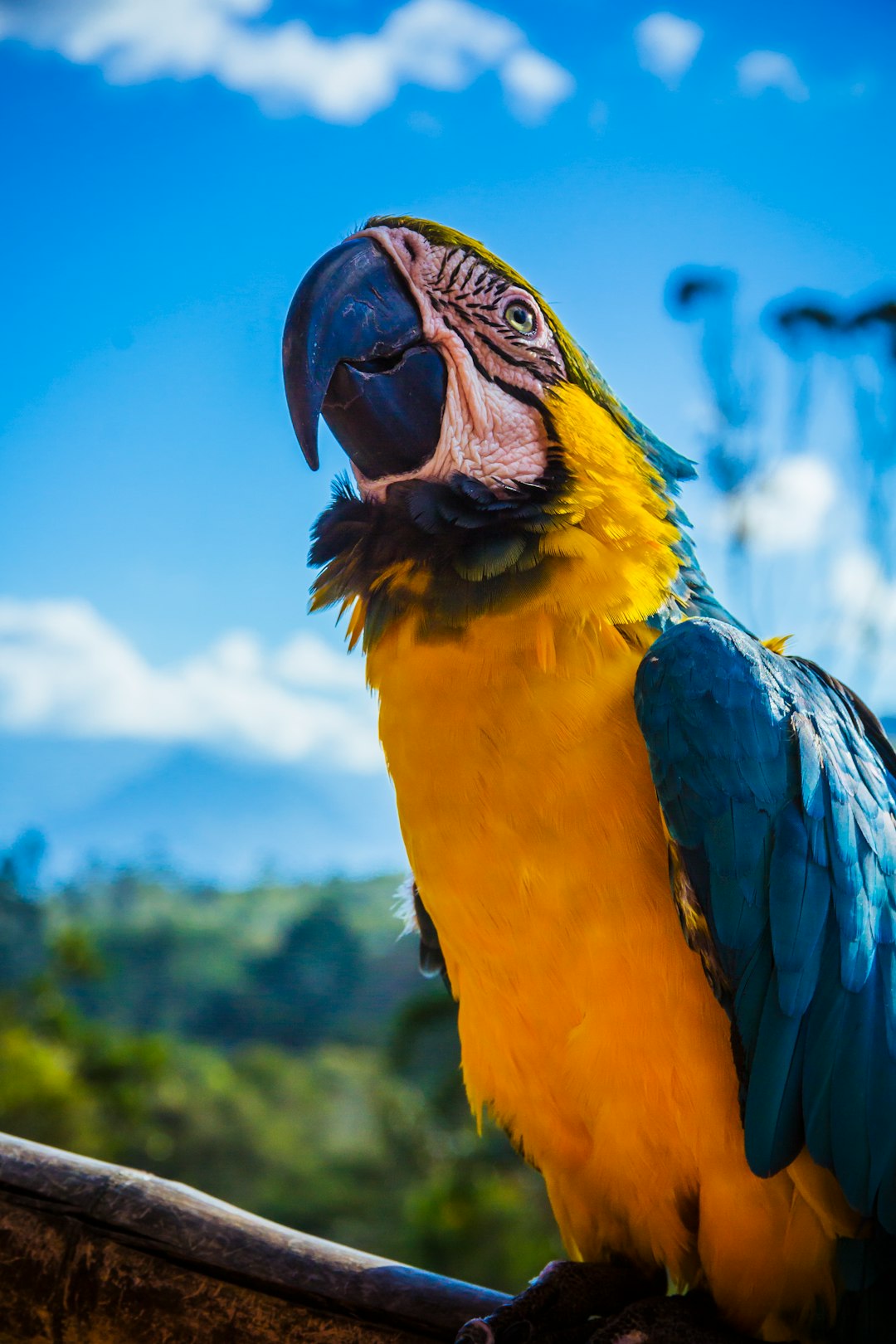 Photo from Unsplash
Photo from Unsplash
Originally Posted On : https://bippermedia.com/sponsored-content/the-wonderful-world-of-animals-teaching-your-child-about-animals-and-their-habitats/
The Wonderful World of Animals: Teaching Your Child About Animals and Their Habitats
Teaching your child about animals and their habitats is a great way to instill a sense of wonder and appreciation for the natural world. Not only does it provide an opportunity for children to learn about the diversity of life on our planet, but it can also help develop their empathy and compassion for animals. In this article, we will provide a guide on how to teach your child about different animals and their habitats, from the savannas of Africa to the rainforests of South America.
Why Teach Your Child About Animals?
Teaching your child about animals is an important way to help them understand and appreciate the natural world. Learning about different animals and their habitats can also help children develop their vocabulary and communication skills, as well as their ability to observe and think critically. Moreover, understanding and respecting animals can instill values of empathy and compassion, which can be applied to their interactions with humans as well.
Exploring Different Habitats
The first step in teaching your child about animals is to explore different habitats. A habitat is the natural environment in which an animal lives, and it can be as diverse as the Arctic tundra or the depths of the ocean. By introducing your child to different habitats, you can help them understand the unique challenges and adaptations that animals have developed to survive in these environments.
One great way to explore different habitats is through books and documentaries. Reading books about animals and their habitats, such as “National Geographic Animal Encyclopedia,” or watching documentaries like “Planet Earth” or “Blue Planet,” can be a fun and engaging way to learn about different animals and their habitats.
Another way to explore different habitats is by visiting zoos, aquariums, and natural history museums. These institutions often have exhibits that showcase animals and their habitats from around the world, providing a more immersive and interactive learning experience.
Discovering Different Animals
Once your child has a basic understanding of different habitats, the next step is to discover different animals that live in these habitats. There are millions of different animal species on our planet, ranging from the tiniest insects to the largest mammals.
One way to discover different animals is to focus on a specific habitat or ecosystem. For example, if your child is interested in the ocean, you can teach them about different types of marine life, such as whales, sharks, and dolphins. Alternatively, if your child is interested in the rainforest, you can teach them about animals such as monkeys, toucans, and jaguars.
Another way to discover different animals is through games and activities. There are many animal-themed games and puzzles that can help your child learn about different animals and their characteristics. You can also create scavenger hunts or nature walks to help your child observe and identify different animals in their local environment.
Learning About Animal Adaptations
One of the most fascinating aspects of animals is the unique adaptations they have developed to survive in their habitats. From the camouflage of chameleons to the long necks of giraffes, animal adaptations are a testament to the ingenuity of nature.
Teaching your child about animal adaptations can be a great way to spark their curiosity and interest in the natural world. You can start by discussing different adaptations, such as camouflage or mimicry, and then help your child identify animals that exhibit these traits.
Another way to teach your child about animal adaptations is through experiments and demonstrations. For example, you can create a demonstration of how different types of bird beaks are adapted for different types of food, or how different types of feet are adapted for different types of terrain.
The Importance of Conservation
Teaching your child about animals and their habitats also presents an opportunity to discuss the importance of conservation. Many animal species are threatened or endangered due to habitat destruction, climate change, and human activities such as hunting and poaching. By teaching your child about conservation, you can instill a sense of responsibility and encourage them to take action to protect our planet’s biodiversity.
One way to teach your child about conservation is by discussing the impact of human activities on the environment. You can explain how pollution, deforestation, and climate change are affecting habitats and threatening animal species. You can also discuss ways to reduce our impact on the environment, such as recycling and reducing plastic use.
Another way to teach your child about conservation is by supporting organizations that protect animals and their habitats. Many wildlife organizations have educational programs and resources that can help children learn about conservation and get involved in efforts to protect our planet’s biodiversity.
The Role of Daycare Centers
Teaching your child about animals and their habitats is an important part of early childhood education. Daycare centers can play a valuable role in this process by providing a safe and engaging environment for children to learn about the natural world.
Many daycare centers have programs that focus on nature and the environment, such as nature walks, gardening, and animal-themed activities. These programs can help children develop a sense of connection and responsibility for the environment and its inhabitants.
In conclusion, teaching your child about animals and their habitats is a fun and rewarding way to help them develop an appreciation for the natural world. By exploring different habitats, discovering different animals, learning about animal adaptations, and discussing the importance of conservation, you can inspire your child to become a lifelong learner and advocate for the environment. And with the help of daycare centers, you can provide your child with a supportive and enriching learning environment that fosters a love of animals and the environment. Feel free to visit our site here. You can also find a TLE child care center near you by clicking here.






